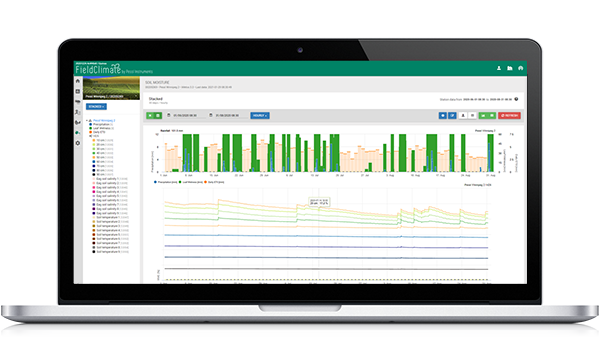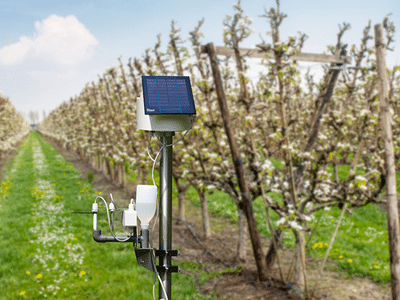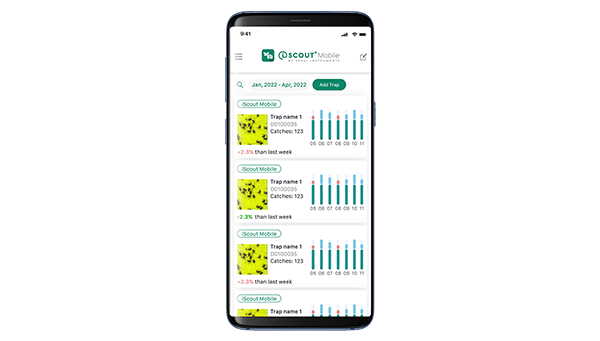

Raspberry disease models
Botrytis cinerea is a necrotrophic fungus that affects many plant species, although its most notable hosts may be grapes.
In viticulture, it is commonly known as botrytis bunch rot; in horticulture, it is usually called grey mould or gray mold.
The fungus gives rise to two different kinds of infections on grapes. The first, grey rot, is the result of consistently wet or humid conditions, and typically results in the loss of the affected bunches. The second, noble rot, occurs when drier conditions follow wetter, and can result in distinctive sweet dessert wines, such as Sauternes or the Aszú of Tokaj. The species name Botrytis cinerea is derived from the Latin for “grapes like ashes”; although poetic, the “grapes” refers to the bunching of the fungal spores on their conidiophores, and “ashes” just refers to the greyish colour of the spore masses. The fungus is usually referred to by its anamorph (asexual form) name because the sexual phase is rarely observed. The teleomorph (sexual form) is an ascomycete, Botryotinia cinerea.
Raspberry Grey Mould
Biology
In fruits and grapes flower infections followed by latency are having a big impact onto the epidemiology of grey mould. Several flower to fruit infection pathways can be separated. In grapes, kiwifruits, raspberries infections trough the stylus into the ovule have been postulated. In the ovulus the pathogen stay latent, which seems to be a result of preformated host defence strategy (similar to the resveratrol content of young grape berry). In grapes, kiwifruits and strawberries infections trough the stamen, petals or septals have been found important. In grapes studies showed that B. cinerea could infect the stamens and grows basipetally to infect the receptacle and then grows systemically to the pedicel and vascular tissues in the berries.
A 6 year research project in the Cape area showed that grape berries can be infected through the stoma and lenticells of the pedicel and at a lower extend of the racheis. Pedicel infections are possible during flowering period too. Later this tissue increases resistance agianst B. cinerea infections.
Other infection pathways postulating the saprophytic growth of the pathogen on floral debris and the later infection of berries when the susceptibility increases with ripening or by insect or hail damage of the berries. Assumption of Conidia accumulation within the fruit during summer and the infection of susceptible berries later in the season is another thesis. Condidial infection of ripening fuits is possible from any inoculum source. Most probably a low number of latent infected berries are formed, which show extensive sporulation when susceptibility of the berries increase with maturity. With can assume berries to become susceptible starting from a sugar content of 6%.
In kiwi fruit we have a big impact of picking conditions to the occurence of B. cinerea. Fruits picked with a wet surface can get infected by B. cinerea at the micro lessions set by the fingers of the pickers.
In practical control of B. cinerea we have to separate two important infection periods: Flowering and senescence. During flowering we have susceptible young fruits, where the infection is followed by a latency period. While infection on matures (senescent) fruits will lead to symptoms without latency period. The importance of the infection during flowering in grapes can change form season to season and between region. In fruits where we have to expect some shelf live (table grapes, kiwis or strawberries) the symptoms are seen when stored under cooled conditions in shops or storages. A chemical control of vine grapes showing a good resistance to B. cinerea during the flowering will not show any economic results. Therefore all conditions of risk and probability of infection, the susceptibility of the fruit and the shelf life, storage conditions have to be taken into consideration in the decision of an application agains Botrytis cinerea during flowering.
In stone fruits infection by B. cinerea occurs mostly during flowering. At this time treatments against Monilina spp. are taken into considerations which also infect the Botrytis cinerea infection.
Model and Practical Use
Sensors: Leaf Wetness, Temperature, relative Humidity
In FieldClimate we use the following correlation between leaf wetness duration and temperature to model the disease.
Botrytis cinerea is a fakultative parasite. It growths on dead plant material too. Because of this fact it is always present in vineyards and orchards. Botrytis cinerea is related to moist climate. For infection it needs very high relative humidity or the presence of free water (sensor: leaf wetness, relative humidity). The fungus is unable to infect healthy adult plant material by spores. Infection takes place on young shoots of the vine during longer wet periods or an shoots damaged by hail storms.
The FieldClimate Botrytis Risk Model results in a risk value of 0 to 100%. This value indicates the pressure of B. cinerea at the time. If we have a value of 100% it means that there has been several times a wetness period long enough to infect the susceptible tissue (we calculate so called “wet points” (array between leaf wetness, temperature with a maximum of initially 38400 points (beginning of season, which displays 30% risk). After this period each wet period with about 4000 wet points (array) increase the risk with 10% or on the other side each dry period reduces the risk by 1/5 of the former value.
An application against B. cinerea is depending on the fruit and the production target.
Recommended equipment
Check which sensor set is needed for monitoring this crop’s potential diseases.




